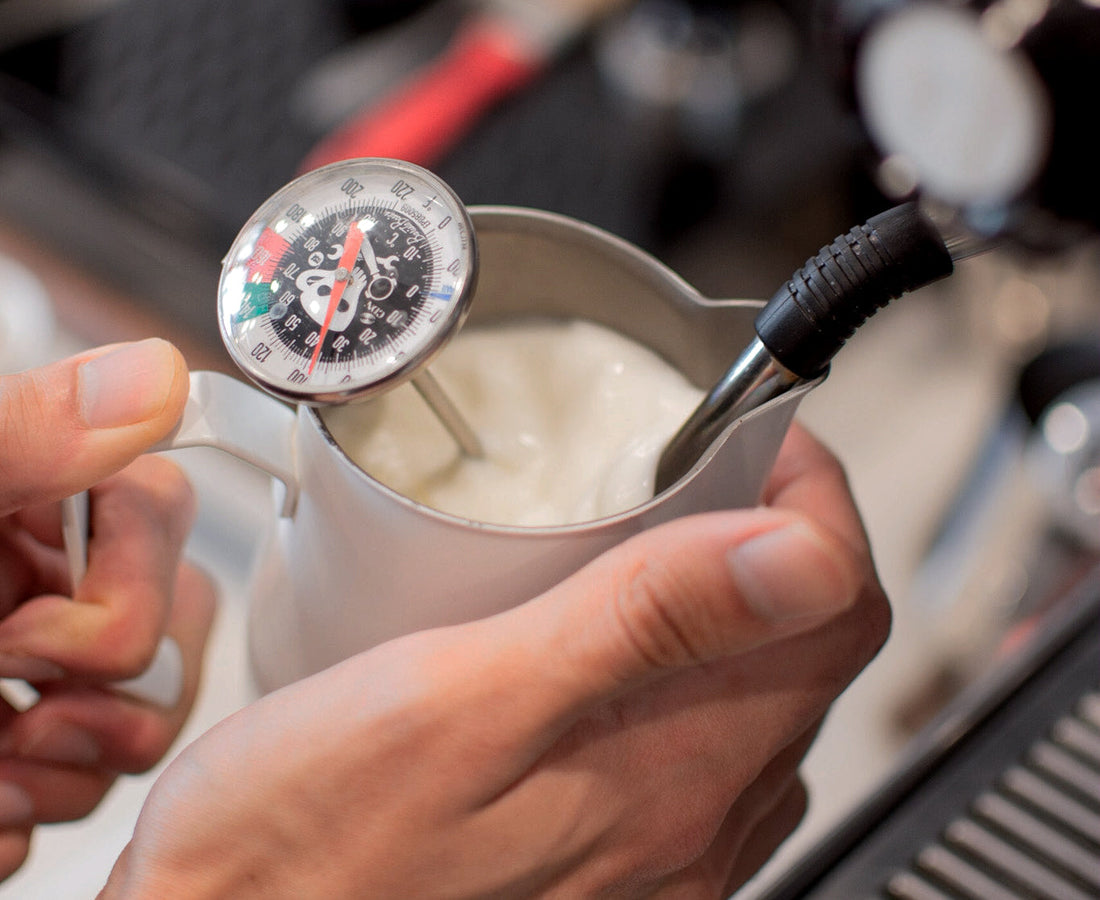
5 Common Mistakes When Frothing Milk

Frothing milk is an essential task in making sure coffee drinks have a certain texture, such as making a latte taste richer and creamier. It may be a simple task but many struggle to master it. Here we have listed out 5 common mistakes while frothing milk, and how avoiding these mistakes will make a huge difference in the quality of the coffee drinks. Let's get started!
Common Mistake #1 - Not purging the steam wand
Water builds up in the steam wand when not used regularly, therefore a quick purge before frothing ensures that water will not get into your milk as you are frothing.
Common Mistake #2 - Steam wand located too high in pitcher
Having the steam wand tip too high will result in lots of bubbles and foam created and is often signaled by a violent sound in the pitcher and milk level rising too high in the pitcher. You want to have the steam want tip just underneath the surface of the milk.
Common Mistake #3 - Steam wand located too low in pitcher
Having the steam wand too low will prevent you from injecting air into the milk resulting in a thin milk texture that is unpleasant, not creamy and not suitable for latte art. The figure below shows the perfect steam wand position.

Common Mistake #4 - No roll in the pitcher
After successfully injecting air into the pitcher for a few seconds, you need to create a vortex or whirlpool motion in the milk by tilting the milk jug slightly to one side. The vortex will break any large bubbles in the milk and make it more silky and even throughout.

Common Mistake #5 - Milk is too hot
The perfect milk temperature should be approximately 140F - 150F (60-65C). When milk gets too hot, it loses its sweetness and tastes unpleasant. It is recommended to use a thermometer if you are aiming for perfection.
Alternative milk such as Almond or Oat will need to be steamed at 10F lower than regular milk at around 125F - 130F (53C - 55C). Alternative milks, especially Almond, will turn bitter if heated to the temperature of regular milk.
